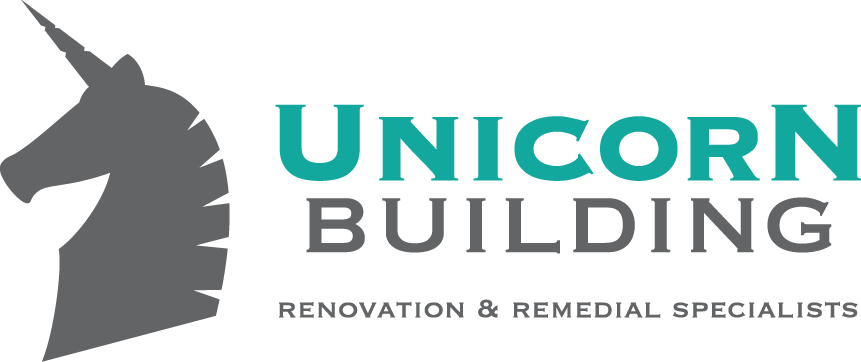ALL SERVICES
CONTACT US
- (02) 9793 9793
- info@unicornbuilding.com.au
- 15 Cragg Street Condell Park NSW 2200
service details
Structural Repairs and Concrete Spalling
Concrete Cancer
Concrete cancer or concrete spalling as better known can be identified by the expanding reinforcing in concrete resulting in rust stains, flaking concrete or dangerous chunks that have broken away. The cancer is caused by corrosion to the steel reinforcing within the concrete, these steel bars can more than double in size when they rust, which in turn will split or explode the concrete away. The problem does not rectify itself. If left unrepaired the steel will be exposed to more moisture, which expedites the problem. The building can become structurally unsound and dangerous.
Structural Building Movement
Old and newly constructed buildings do move. Some products shrink and some expand, causing cracking, tearing, become drummy or water leaks. When different building materials are used alongside each other, it is likely that there will be movement cracks development between them. It is essential to know how to fix these problems, not a temporary fix, but a permanent, long-lasting solution.
At Unicorn Building we are very experienced in structural building repairs whether it is minor cracking or major building movement.
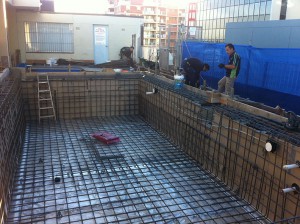
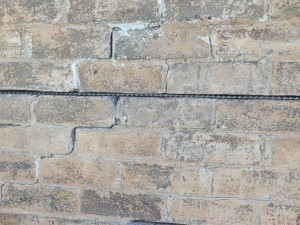
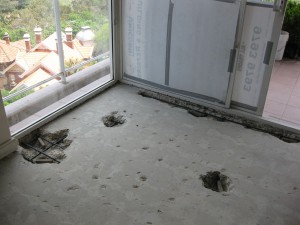
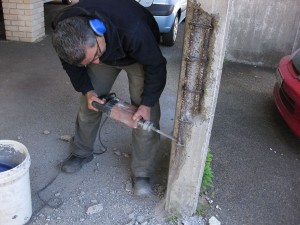

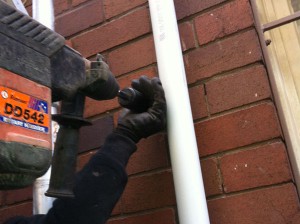
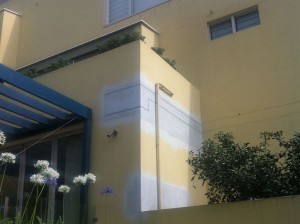
Brick Stitching and Remedial Wall Ties
Whatever the visible structural faults, it is critical that the cause of the problem is correctly diagnosed so that appropriate repairs can be carried out. We seek advice from a suitably qualified professional—structural engineer and our experienced installers—who understand building movement and stresses and can devise the most effective repair strategy with the solution tailored to suit the specific needs of the project. Special stainless steel crack stitching bars and remedial cavity wall ties are some of the methods we use, which are guaranteed by the manufactures.
Underpinning
Underpinning can be described as the process of strengthening and stabilizing the foundation of buildings. This process calls for close consideration of the design, methodology and safety procedures in order to be carried out correctly. This kind of work poses very real risks and could see damage to the existing building or even potential collapse if not carried out by skilled professionals.
Common reasons for requiring underpinning are:
- Poor or inadequate design of the original footing
- Existing foundation of a building moving
- Adding another storey to an existing structure
- Original foundation is simply not strong or stable enough
- Construction of nearby structures necessitates the excavation of soil supporting existing foundation
